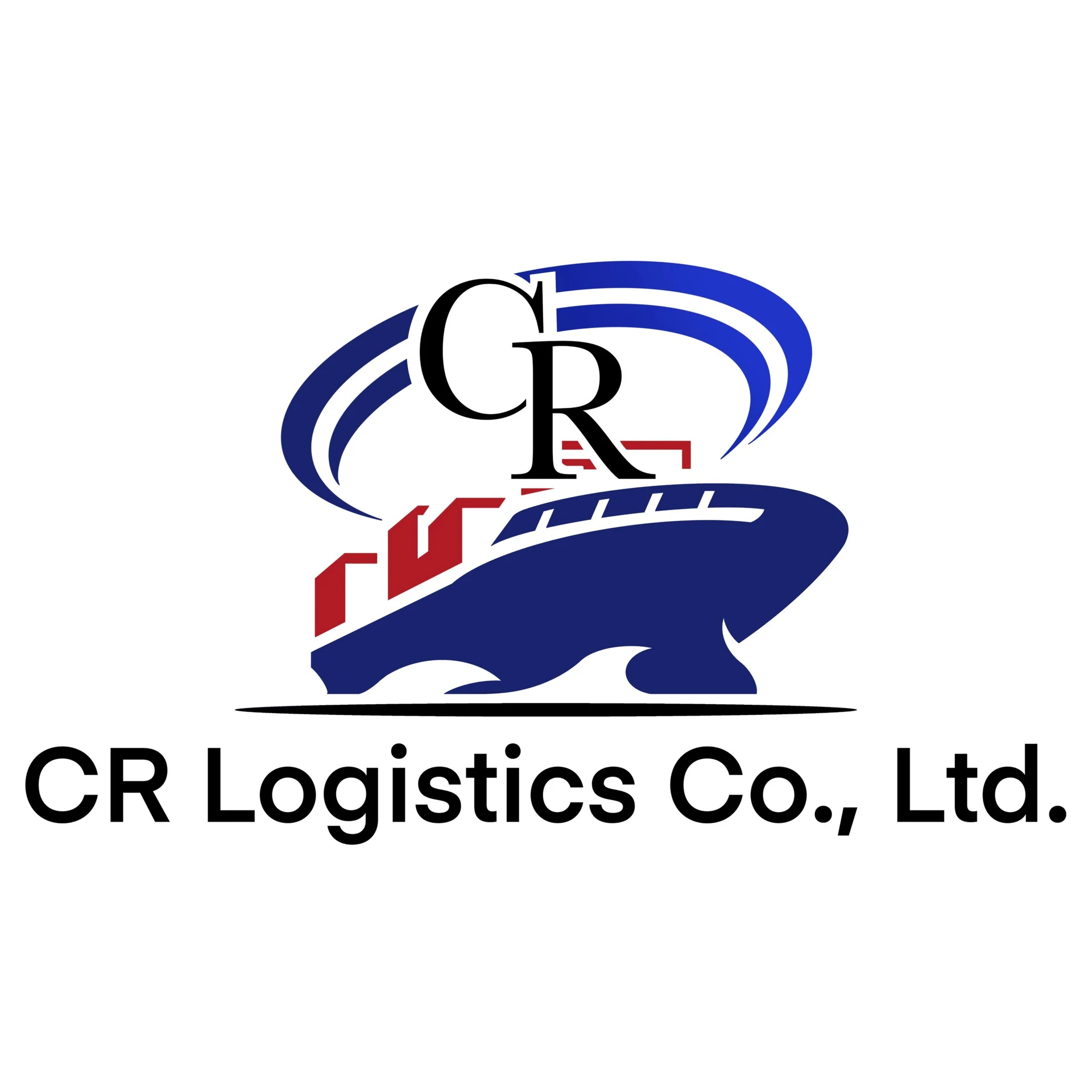
The global supply chain is under immense pressure from growing freight volumes, eCommerce, increasing complexity, cross-border regulations and dynamic changes driven by trade wars and political upheaval. Richard White, CEO of WiseTech Global, discusses how freight forwarders are evolving to meet demand.
The global supply chain and the logistics systems that drive it are in a period of enormous change; this change is only going to accelerate as new technologies transform traditional models and enable new efficiencies and faster delivery. They are also experiencing the impact of exponential growth in ecommerce, which can be seen as a new class of high- volume, small parcel freight. This new class of freight, which is increasingly international, demands shorter delivery times, better visibility and predictability.
At the same time, the execution of international logistics remains fragmented despite increasing margin pressure. International logistics still grapples with a largely fractured data flow connected by a torrent of paper and e-paper (PDFs, etc.). New technologies that could alleviate many of these pain points are slow to be adopted because of the time, cost and risks associated with technological change.
Within the logistics industry, collaboration can be abrasive. There are often competing demands from different parts of the industry, creating disparate conflicting needs, limiting efficiencies, and generating a slew of ancillary charges and penalties.
Beneficial Cargo Owner (BCO) and other logistics participants want predictability, exception led management and granular visibility across all modes of transport to deal with complex issues around container detention, wharf storage and transport demurrage. They need transparency and accuracy of data in terms of schedules, contract rates, ancillary fees, and invoicing from their carrier. BCOs need to be able to consider all goods in transit as a part of their inventory and should be able to compress inventory and be able to modify logistics choices at any time to meet volatility in demand and ensure just in time delivery. They expect as standard, accurate predictions of cost and delivery time. When variable times and costs creep in – particularly when these are only known after the ability to mitigate – disputes arise.
Logistics service providers, of course, seek to deliver excellent service to their customers and look to offer well crafted, efficient experiences to retain existing customers and win new business. In order to best accomplish this, they need accurate, fully digital schedules, rates, booking, tracking and invoice reconciliation from their carrier partners for all modes of transport. Importantly, they themselves need the same information set for their customers and this data cannot be provided efficiently without their carrier partners providing it to them in a fully digital form. Accurate, timely, fully digital information is needed from every part of the logistics process between all parties so that all customers and partners can plan, cost, and execute their needs and mitigate delays and additional charges when unforeseen events occur.
End customers, particularly retail consumers, expect instant fulfilment – the ‘Amazon/Alibaba effect’. They want accurate tracking and precision ETAs at all times, similar to an Uber arriving. They also want the ability to interact with the shipper and the delivery service seamlessly across any medium (web, mobile, email, voice).
E-paper is not the solution it is just a better class of problem
A decade ago, a strong move from paper to e-paper was seen to be an easier and quicker solution to the problems of data management. However, this has just moved the complexity of solving the problem. At the core of many fundamental issues is that all parties across the international logistics supply chain are still drowning in oceans of paper or e-paper. Data is keyed, relayed, printed, rekeyed, reprinted, scanned, rescanned, emailed, and rekeyed again and again. With this endless amassing of low-quality information, carriers, logistics providers, and their customers are often scrambling to decipher what is going on and why information, rekeyed many times by outsourced low-cost labour, creates disconnected data islands, contains errors or is missing or misleading.
Many logistics providers are still trapped with aging legacy, proprietary systems and are facing significant ‘glued together’ point solutions and/or ‘sneakerware’. These unwieldy workarounds are now very painful, slow, fragile, and costly. They cannot achieve what a fully integrated system can do to address the pain points, fragmentation, and constraints that have grown ever more urgent.
With so many different systems being used, disconnected data islands and the inevitable data entry error rates that accompany manual keying and re-keying of e-paper, we are often left with invisible processes, and inconsistent, incomplete, and often unverifiable data sets.
This reality has created many pain points for the industry, which affect productivity, operational efficiency, and the ability to satisfy the demands of the different parties. Worse, regardless of the pain points, various up or down-stream parties to a transaction want to charge additional fees for outcomes that are often unable to be predicted or mitigated by the customer because of the same disconnected data islands and poor information.
There is very low visibility through the logistics chain – particularly end to end – making it difficult for logistics customers to track or report with confidence in their management systems. It is also difficult for them to perform their own functions such as exception management, production demand or just-in-time manufacturing in an efficient way. This immediately leads to higher levels of stock and larger capital consumption on inventory. For the want of predictability, costs can rise dramatically.
One very large sea freight user recently estimated that they pay an average of around €175 per container in additional unpredicted charges across the tens of thousands of containers they ship annually.
Data is king
To overcome these paint points, many logistics providers are taking a new look at technology and pushing towards, or have achieved within their own business, straight-through digital processing. True end-to-end, straight-through digital processing means a true, near real time, data path from the first moments of logistics planning to the final moment of fulfilment to the final customer: integration of data across the cargo chain.
Many of the largest freight forwarders have been using and rapidly rolling out our flagship solution, CargoWise One, globally. This is a deeply-integrated global software solution that enables logistics service providers across some 130 countries, to execute highly complex logistics transactions and manage their operations on one single, global database. They can do this across multiple users, functions, offices, countries, and languages. It covers freight forwarding, customs clearance, warehousing, ocean carrier and ships agency, land transport, ecommerce, and cross-border compliance. Data flows through the system without turning back to paper or e-paper for these integrated processes.
Even individual components of the platform deliver advanced capabilities. Through CargoWise One, for example, denied parties can be verified anywhere in the world. Every customer location can be address cleansed and geo-coded so logistics providers avoid futile trips and can track any consignment to the geofenced destination. Aeroplanes and individual air waybills are tracked using avionics and integrated airline live status updates, and ships can be tracked using global AIS, with individual containers able to be tracked using container live events for most carriers almost anywhere in the world.
When these datasets are combined on a deeply functional platform like CargoWise One, its execution engines and workflow systems can power logistics processes and remove much of the disconnected data islands, rekeying, and error rates that abound.
Additionally, when platforms are connected with straight-through digital processing, valuable buyer and seller marketplaces are created, with digital logistics providers and digital logistics customers. Combined, they create ecosystems, and these ecosystems can change logistics providers’ competitive approach to the world and change the world of logistics from fragmented to connected.
New age of technology
Paper and e-paper must be eradicated from the cargo chain. In a true, digitally connected world, straight-through digital processing will drive value and efficiency in the logistics industry. The beginning of the supply chain will be able to see the end and every point between. Every party involved will see the parts that they need to see.
True straight-through digital processing is the big technological change we are creating. It’s not a new concept, but it’s one that many have tried and failed to achieve because it’s very hard to do unless you start from first principles and never give up on those principles. It requires deep systems thinking and root-cause analysis, and access to rich datasets to ideate global solutions. It also requires the competence, capability and capacity to deliver these solutions on an integrated global platform, purpose-built for the complexities and pressures of the cargo chain.
Straight-through digital processing will mean that the systems used by those across the cargo chain are digitally connected – straight through – from before the point of order to after the point of final fulfilment – the first inch to the last inch.This will enable all parties to see, process, track, calculate, modify, and manage their shipments in near-real time.




